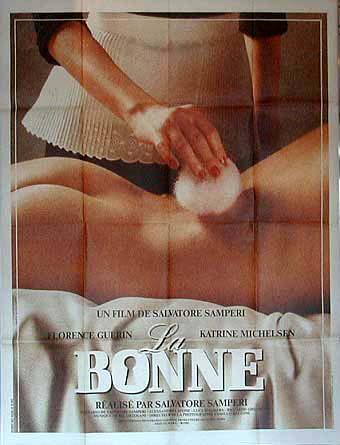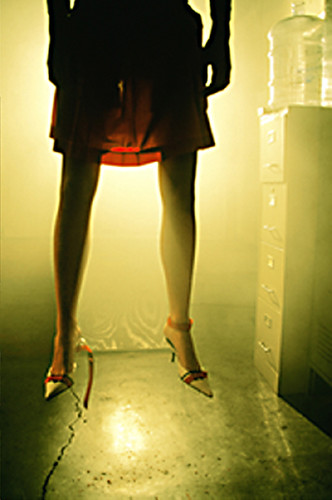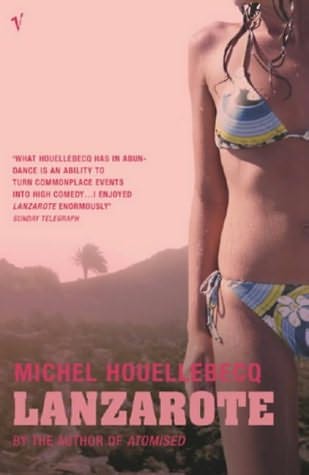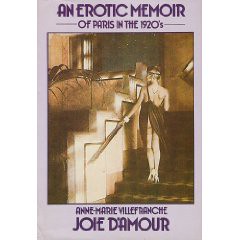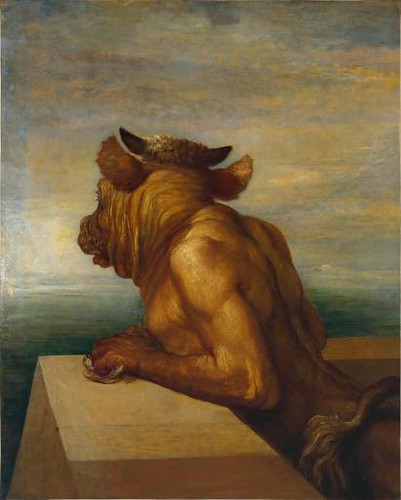We Can Do It! poster by J. Howard Miller
Today is International Women’s Day.
Woman is the original other.
All men are jealous of her.
“All men- even … Jesus himself- began as flecks of tissue inside a woman’s womb. Every boy must stagger out of the shadow of a mother goddess, whom he never fully escapes….Women have it. Men want it. What is it? The secret of life…”(Vamps & Tramps p. 32) – Camille Paglia
Pro feminism:
“Because they will try to convince us that we have arrived, that we are already there, that it has happened. Because we need to live in the place where we are truly alive, present, safe, and accounted for. Because we refuse to allow our writing, songs, art, activism, and political histories to be suppressed or stolen. Because we refuse to be embarrassed about the mistakes and faults and choose to move forward with a political agenda bent on the freedom of all.” —Tammy Rae Carland in Tres Bien by Le Tigre.
Contra feminism:
“The feminist agenda is not about equal rights for women. It is about a socialist, anti-family political movement that encourages women to leave their husbands, kill their children, practice witchcraft, destroy capitalism and become lesbians.” Pat Robertson, 1992


